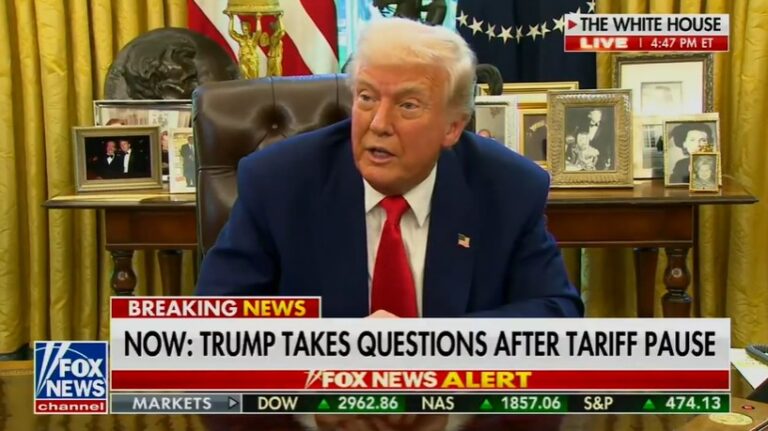CFD trading, or Contract for Difference trading, has gained significant traction in the financial markets over recent years. This form of trading offers numerous benefits, attracting both novice and experienced traders alike. To understand what are CFDs and how does it work, it’s crucial to delve into the mechanics of CFD trading, its advantages, and the risks involved.
What are CFDs?
A contract for difference, or CFD, is a type of derivative that allows investors to trade and own a specific financial instrument without actually holding it. Among other things, these underlying assets can be currencies, indices, commodities, stocks, and even the recently-emerging idea of cryptocurrencies. The key takeaway from this is that CFDs allow traders to profit solely from the difference between the opening and closing prices of their positions, rather than from fluctuations in asset prices.
How Does CFD Trading Work?
When engaging in CFD trading, you essentially enter into a contract with a broker. This contract stipulates that you will exchange the difference in the value of the underlying asset from the time the contract is opened to when it is closed. If the price moves in your favor, you earn a profit; if it moves against you, you incur a loss.
To understand what are CFDs and how does it work? Consider this simplified example: You believe the price of a particular stock will rise. You enter into a CFD contract to buy (go long) at a price of $100 per share. If the stock price increases to $110 and you close the contract, you profit from the $10 difference per share. Conversely, if the stock price drops to $90, you would incur a loss of $10 per share.
CFD trading is a complex form of trading with several distinctive features mentioned below:
Leverage
Among the features incorporated in CFD trading, leverage is one of the most attractive points. It means that traders are able to operate a much bigger position, for just a small percentage of the total position value. For instance, a leverage ratio of 10:1 was an indication that you can manage $10000 position with as low as $1000. It increases the potential profits and hence acts as a motivator for the firm, but it also exposes the firm to larger potential losses, thereby underlining the importance of risk management.
Short Selling
CFDs allow you to benefit from increasing and decreasing prices for particular assets or instruments. This element is applied if you think that the price of an asset will reduce; therefore, you can obtain a sell (short) position. The option is profitable if the price of the asset decreases with the result, you can buy it at a lower price and earn a profit on the difference. One of the biggest benefits of trading a derivative is that one can sell it short, without even holding the underlying security, especially when there is a lot of volatility.
Market Access
For instance it is important to note that CFD trading allow an individual to trade in various global markets through a single account. It means that traders can trade on preferred assets included in various exchanges and sectors, and expand their offered portfolios and options in other potential markets as well.
Benefits of CFD Trading
No Stamp Duty
Being a financial derivative, CFD trading is quite exempt from stamp duty since no actual ownership of the base commodity is transferred to the buyer. This can make the situation cheaper, especially for active traders or speculative ones who can open several trades at once.
Hedging Opportunities
CFDs are frequently employed as an insurance policy that allows the hedge the losses in an existing portfolio. For instance, let us assume you possess a situation where you have stocks in a certain firm, and you expect the shares of that firm to drop shortly within a short-term period; then it will be wise to open short CFD to cover such a loss.
Lower Transaction Costs
Another important disadvantage of CFD trading is that it involves low trading and transaction charges than it is common while trading in the normal way. Brokers can have the spread as the difference between the selling and buying price as well as overnight financing rates, but these rates tend to be lower than those of the assets’ buying and selling.
Risks of CFD Trading
High Risk Due to Leverage
The first major source of high risk stems from the use of leverage Financial leverage can be defined as having a high proportion of equity in a company so that, in the event of an economic downturn, a firm is exposed to much risk due to the use of issued capital. Leverage on the other hand works in the same manner with regard to the possibility of making large amounts of cash, but also increases the level of possible losses. Sums at risk have to be known to traders and positions should be protected with the stop loss level.
Counterparty Risk
Due to a relatively low amount of regulation, careful consideration should be paid to the broker’s financial background.” Your positions and the cash can also end up being at the hands of the broker when for instance the broker goes bust or is in a financially compromised situation.
Market Volatility
Of course, the price of CFDs can jump or drop rapidly due to some events in the economy, the mood changes and geopolitical shifts. These fluctuations can cause price swings and end up making big losses when the volatile asset’s price direction is unfavorable.
Conclusion
CFD trading is also a good way of dealing with the financial markets since it is very flexible and can actually generate profits. Based on these principles, let us first delve deeper into the process which takes place behind this financial tool Before exploring to understand what are CFDs and how does it work, it is pertinent to understand the fact that CFD stands for Contract for Difference. Where there is glamour, there is a need to pay attention to the vices; and the allure of leverage, market access and ability to make money from a falling market comes with some the following risks. Some of the important factors that one should adhere to in order to have a good flx trading include; risk management, adequate market analysis, selection of the right broker. Thus, they shall ensure that they follow critical CFD trading news and make necessary precautions, and thus, achieve their intended goals.










